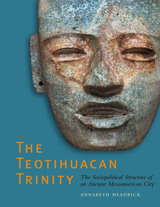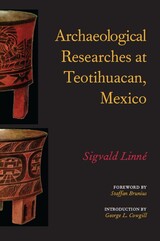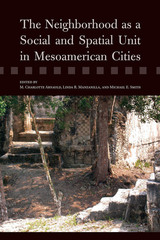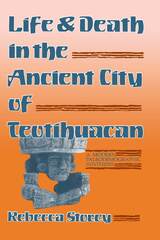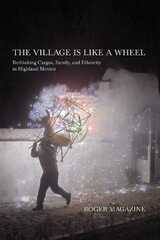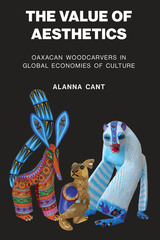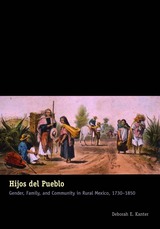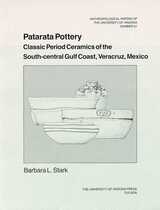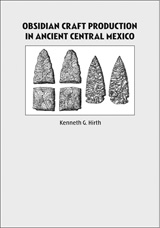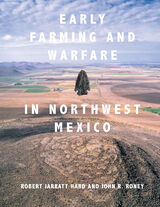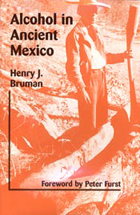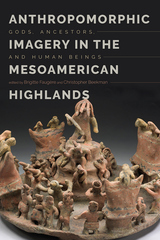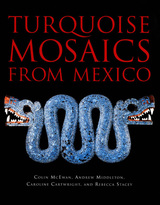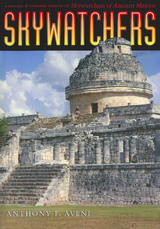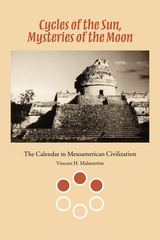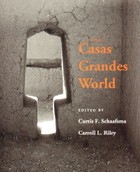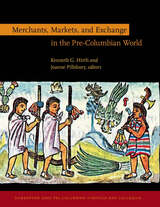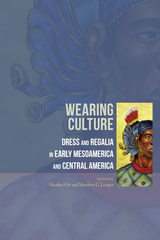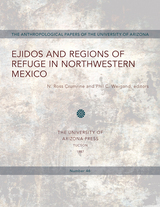Obsidian Craft Production in Ancient Central Mexico
University of Utah Press, 2006
Cloth: 978-0-87480-847-6
Library of Congress Classification F1219.1.X6H58 2006
Dewey Decimal Classification 972.49
Cloth: 978-0-87480-847-6
Library of Congress Classification F1219.1.X6H58 2006
Dewey Decimal Classification 972.49
ABOUT THIS BOOK | AUTHOR BIOGRAPHY | REVIEWS | TOC
ABOUT THIS BOOK
The appearance of such craft specialists—who produced large quantities of goods for other households—represented a significant and fundamental change in the structure of prehistoric economies. In central Mexico one particularly important craft specialty was the making of obsidian prismatic blades, the cutting tools of choice.
Unlike most other craft activities, obsidian craft production can be studied using archaeological techniques. Obsidian Craft Production in Ancient Central Mexico examines the obsidian craft industry found at the site of Xochicalco, Morelos, between A.D. 650 and 900, the Gobernador or Epiclassic period when independent city-states appeared throughout central Mexico to fill the political vacuum left by the decline of Teotihuacan. Because the demand for obsidian tools remained constant, author Kenneth Hirth contends that obsidian can serve as a general model for discussing craft production and economic organization on a broader theoretical level.
When the Spanish conquistadors first encountered the great commercial markets of central Mexico they were amazed by the richness and the diversity of products, as well as the level of organization. Ruling elites nurtured and supervised these markets, which were based on a complex division of labor within society, including a diversity of highly skilled craft specialists.
The appearance of such craft specialists—who produced large quantities of goods for other households—represented a significant and fundamental change in the structure of prehistoric economies. In central Mexico one particularly important craft specialty was the making of obsidian prismatic blades, the cutting tools of choice.
Unlike most other craft activities, obsidian craft production can be studied using archaeological techniques. Obsidian Craft Production in Ancient Central Mexico examines the obsidian craft industry found at the site of Xochicalco, Morelos, between A.D. 650 and 900, the Gobernador or Epiclassic period when independent city-states appeared throughout central Mexico to fill the political vacuum left by the decline of Teotihuacan. Because the demand for obsidian tools remained constant, author Kenneth Hirth contends that obsidian can serve as a general model for discussing craft production and economic organization on a broader theoretical level.
See other books on: Hirth, Kenneth | Implements | Indians of Mexico | Industries | Obsidian implements
See other titles from University of Utah Press

